Guest post by Idean Salehyan and Kristian Skrede Gleditsch

The Syrian refugee crisis has been heartbreaking to watch. According to the United Nations, over 2.4 million people have fled the country, and many more have been displaced internally. This human tragedy has shocked the world’s conscience and has led for appeals for humanitarian relief. However, does the influx of hundreds of thousands of refugees also pose security challenges for host countries?
In a paper we published in 2006, we found that hosting refugees from neighboring states significantly increases the risk of armed conflict. Why should this be the case? First, while the vast majority of refugees never directly engage in armed conflict, refugee camps are often used by militants as a source of supplies and recruits. Along with the refugees come fighters, arms, and ideologies, which can facilitate the spread of conflict. Second, refugees can disrupt the local economy and put a financial burden on host communities. Finally, refugee flows may upset the ethnic and sectarian balance in their host countries, leading to increased tension. From the Democratic Republic of Congo, to Chad, to Macedonia, to Pakistan, refugee hosts have often succumbed to violence.
Many of these dynamics are unfolding in Syria’s neighbors. And this would not be the first time. During the 1970s and 80s Palestinian refugees in Jordan and Lebanon contributed to unrest and turmoil in their hosts. Now we are seeing the potential for renewed conflict spillover in the region. According to recent reports, there have been heighted tensions and security incidents in Turkey, Lebanon, Jordan, and Iraq as a direct result of the protracted refugee crisis. Perhaps most troubling is the situation in Lebanon and Iraq — two countries with a recent history of ethno-sectarian strife that mirrors the turmoil in Syria.
We revisited our statistical analysis to compute the predicted risk of civil conflict in Syria’s neighbors, given the influx of refugees, compared to predicted values for 2001, the last year of our original study. We note that our analysis focuses on armed civil wars with more than 25 battle deaths per year, which are relatively uncommon. Our study was not designed to capture lower-level violence and terrorist incidents or protests and riots, which have already affected host states in some cases.
For Lebanon, which hosted 913,000 refugees as of February 2014, the influx raises its risk of a civil war by 53.88% (from a 0.045 predicted probability to a 0.07 probability). For Jordan, its 596,800 refugees raise its conflict risk by 53.51% (from 0.037 to 0.057). Thus, while the absolute values for new civil wars may remain low, the relative risk of conflict spillover increases notably with these massive refugee figures. Moreover, the particular history between Syria, Lebanon, and Iraq, with transnational militants that span their borders — which we did not account for in our global statistical analysis — can increase the risk of conflict even further. Finally, although our study looks only at the onset of new civil wars, the influx of refugees can also contribute to the exacerbation of conflicts Iraq and Turkey.
We stress, however, that the local and international response to the refugee crisis is paramount. Ensuring that refugee camps are secure, that they are not used as staging ground for militants, and that the needs of locals are also addressed can help to ameliorate these risks. This requires much more coordinated effort and attention than is currently being afforded to the Syrian crisis. If not addressed in a timely manner, host countries could face a catastrophe or see no choice but to shut their borders. Either scenario would be a humanitarian nightmare for those who have been uprooted by the brutal Syrian War.
Idean Salehyan (idean@unt.edu) is an Associate Professor of Political Science at the University of North Texas. Kristian Skrede Gleditsch (ksg@essex.ac.uk) is a Professor in the Department of Government at the University of Essex and a research associate of the Peace Research Institute Oslo (PRIO).

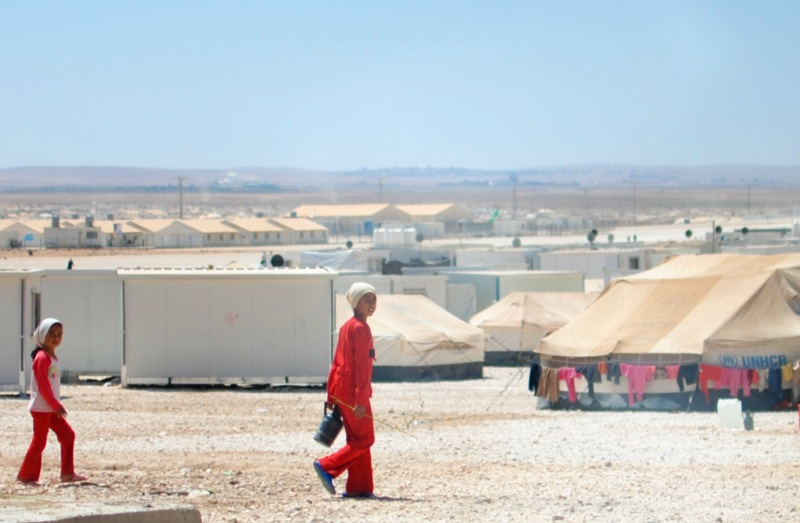
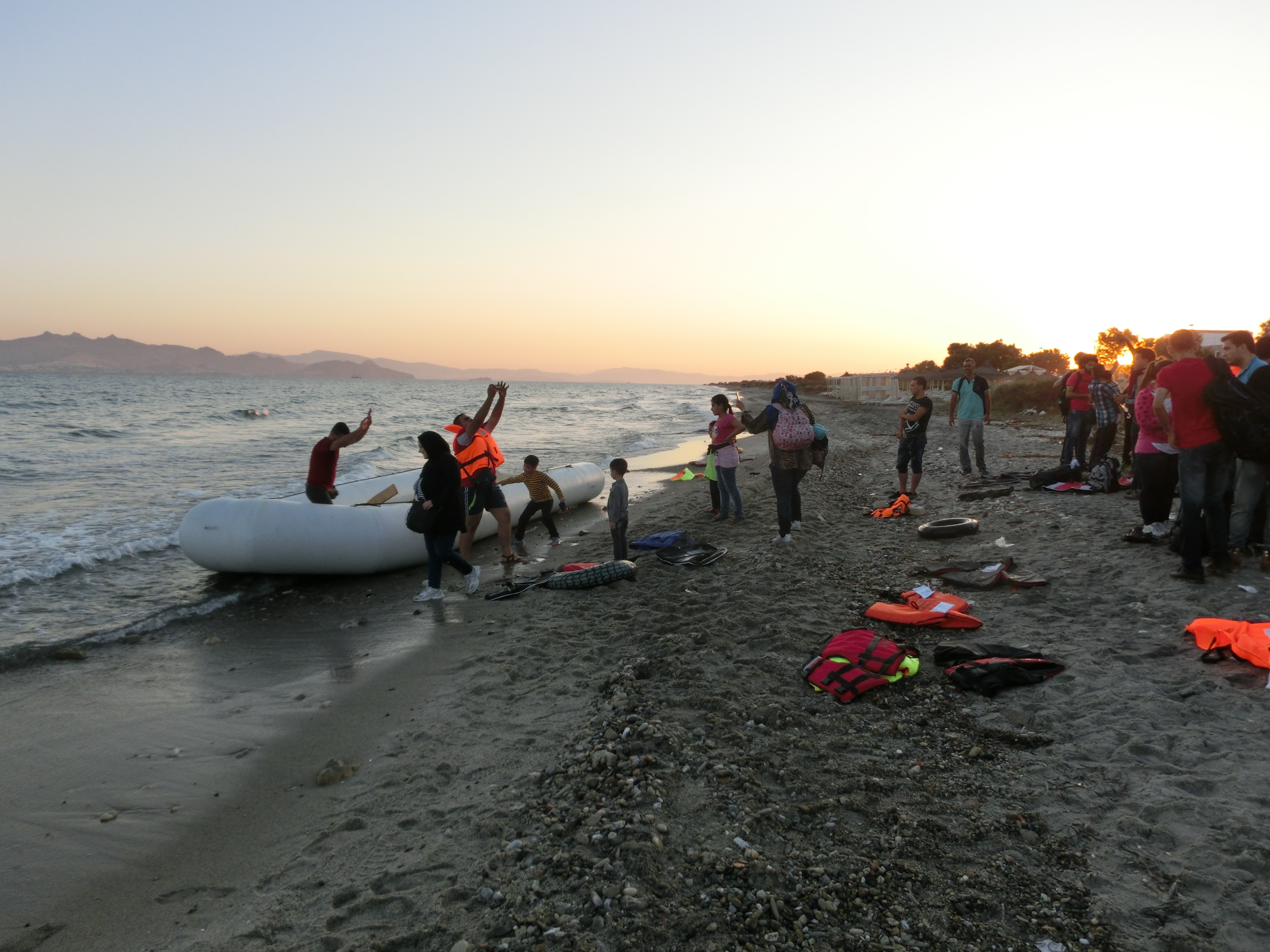
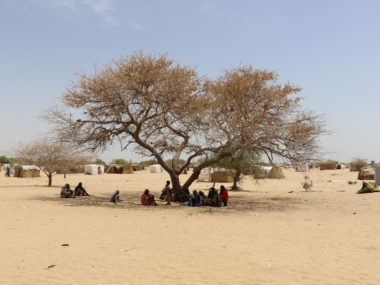
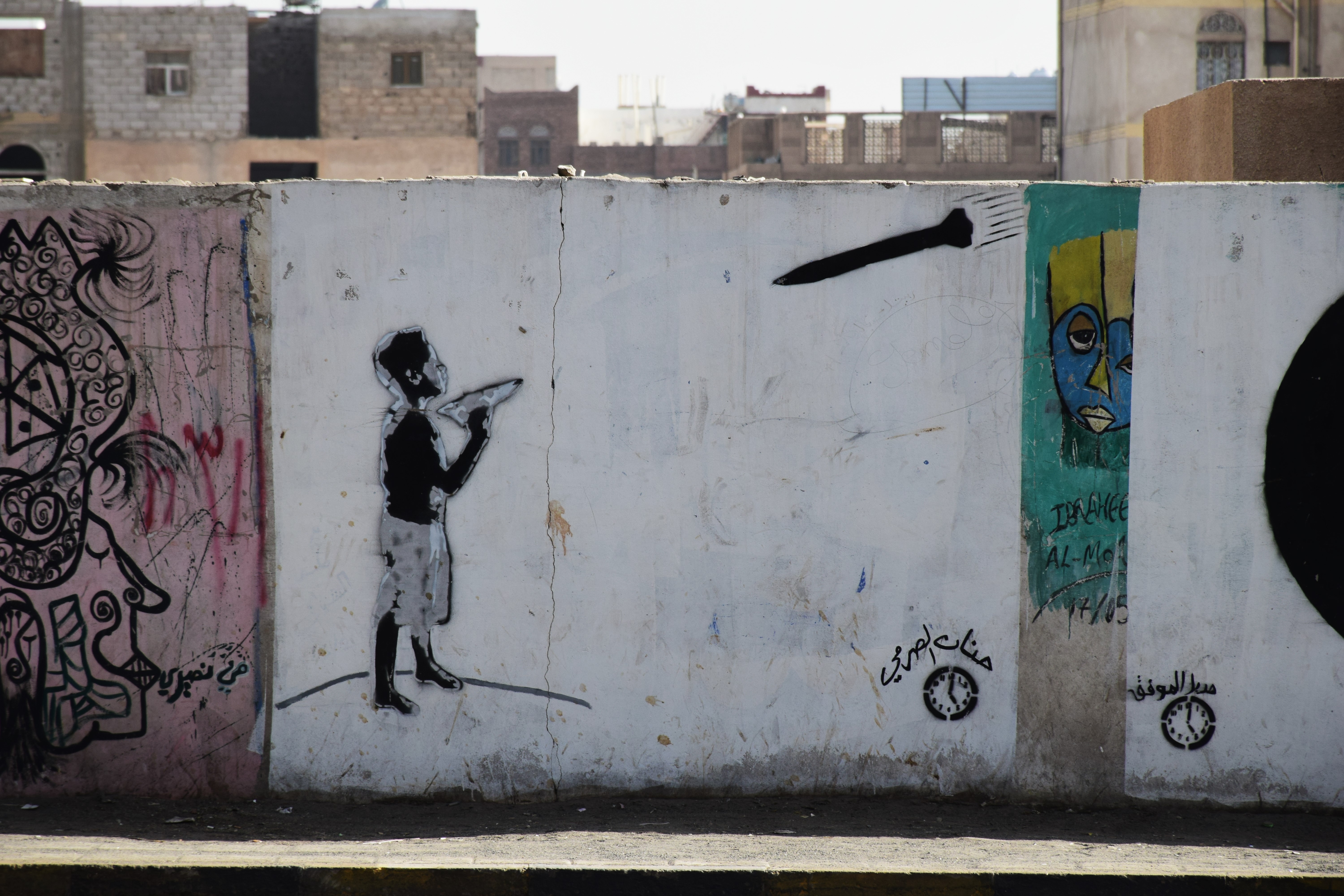

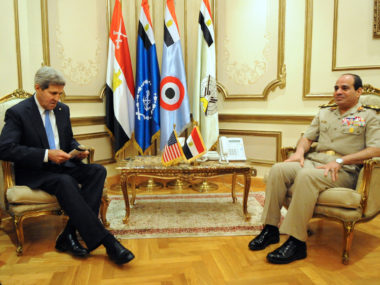

10 comments
Do refugees from natural or artificial disasters also increase the chances of armed conflict?
That’s a great question. The current literature on refugees and war has done a great job of uncovering the relationship between refugee movements and conflict spillover but has been less successful in testing a causal mechanism(s) that could help answer questions like that. If refugees spread violence because they bring with them weapons and radical ideologies from the battlefields they flee then perhaps than answer would be No (and this would be a story of the ‘refugee warrior’ syndrome). But if the causal mechanism is endogenous to the host state -such as increased conflict over exceedingly scarce resources or conflict induced by changes in the ethnic balance of power -then there is no reason to discriminate between conflict and disaster refugees -both groups simply exasperate conditions that existed before their arrival. In all likelihood combinations of both sets of mechanisms are at work, which makes drawing inferences about the precise mechanisms even more difficult.
If I’m not mistaken, Salehyan and Gleditsch’s model does not distinguish between refugees from war ridden states and non war ridden states -one of their variables for refugee effect is an aggregation of all refugees from neighboring states (regardless of whether the neighbor was at war) known as refugee stalk and the other is the change in the number of refugees from all neighboring states . A work around to this might be to model their spatial lags for conflict using a spatial weights matrix that incorporates the # of refugees the host state receives from a neighbor in their definition of ‘nearness’. Their current model gives equal weight to all neighbors (binary classifier -two countries are either neighbors or they are not) but their theory suggests that the probability of conflict spillover should increase with greater numbers of refugee flowing -controlling for other factors of course. This would still leave the question of causal mechanism open to speculation but at least it gains some traction on modeling conflict spillover effects directly -observations with refugees from non-conflict zones in this new model would not contribute (or contribute less depending on how the two weights are exactly defined) to evidence in support of a conflict spill (because no conflict has spilled over by definition).
Seems likely. Even if they aren’t linked to some conflict with militants seeking support among them, you’ve still got a lot of scared humans with very scarce resources and little power. It might not greatly increase the odds of war, but some conflict might occur as a result.
This is the topic of my dissertation, “Why Refugees Rebel” (2012).
Can you send me a copy? (idean@unt.edu)
Idean Salehyan has another report that looks at the plausible impact of refugees due to natural disasters and climate change, arguing that these are generally less likely to induce conflict than refugees due to conflict in neighboring states, see http://siteresources.worldbank.org/EXTSOCIALDEVELOPMENT/Resources/SDCCWorkingPaper_MigrationandConflict.pdf
Unfortunately we do not have data on economic and ‘environmental’ migration for a comprehensive set of countries. While I would think that conflict induced migration would have a stronger effect than other forms of migration, this isn’t something we can test at this time.
I’m curious about the ethno-sectarian composition of the refugees from Syria. Do you have any information on this?